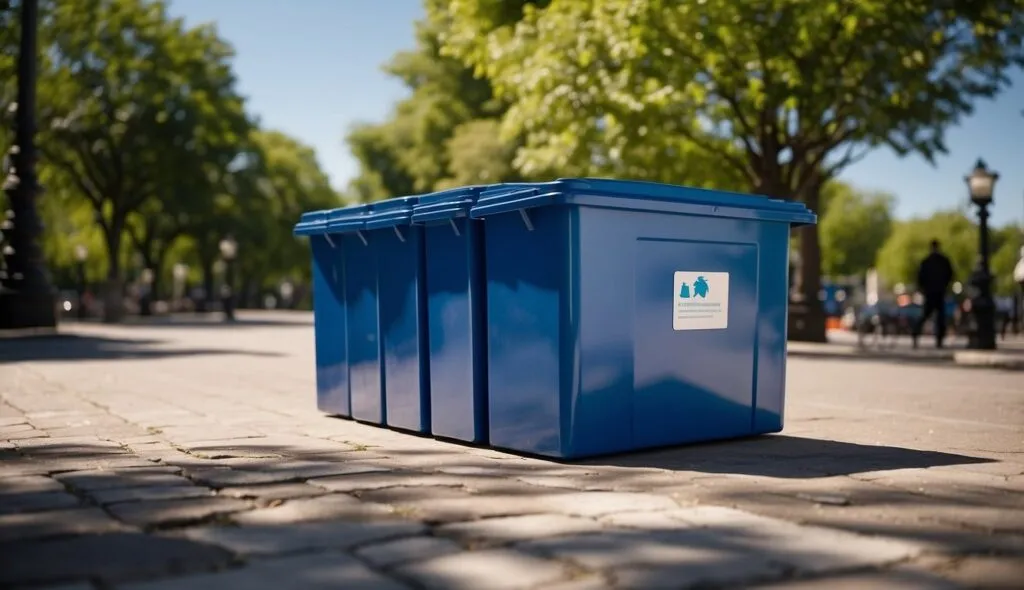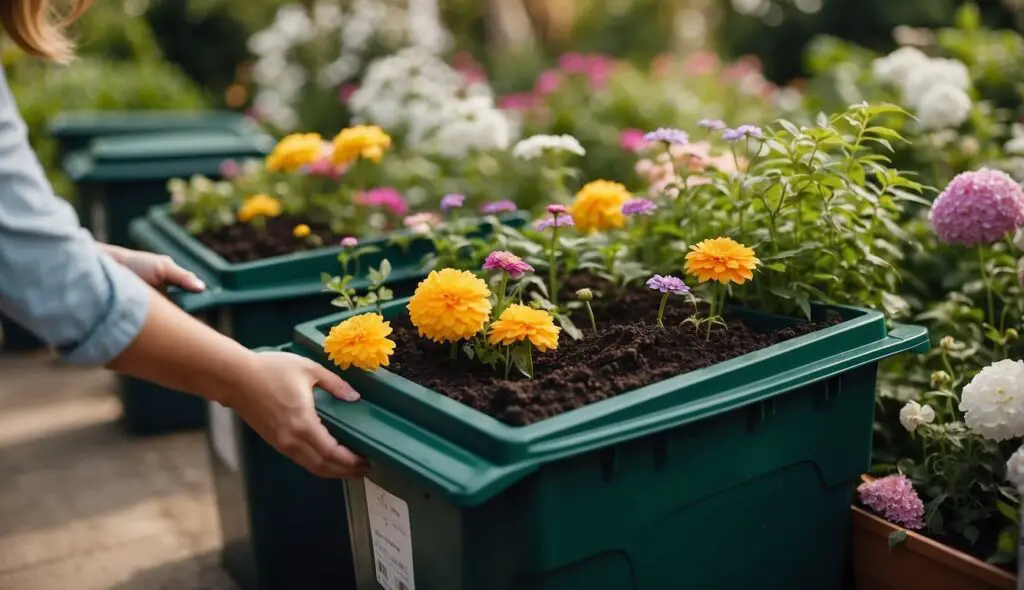Green spaces are essential for the well-being of people and the planet. They provide a range of benefits, such as improving air and water quality, reducing urban heat island effects, and promoting physical and mental health. However, urbanization and other factors have led to the decline of green spaces in cities. As a result, there is a growing need for green space recrafting, which involves the restoration, creation, and enhancement of urban green spaces.
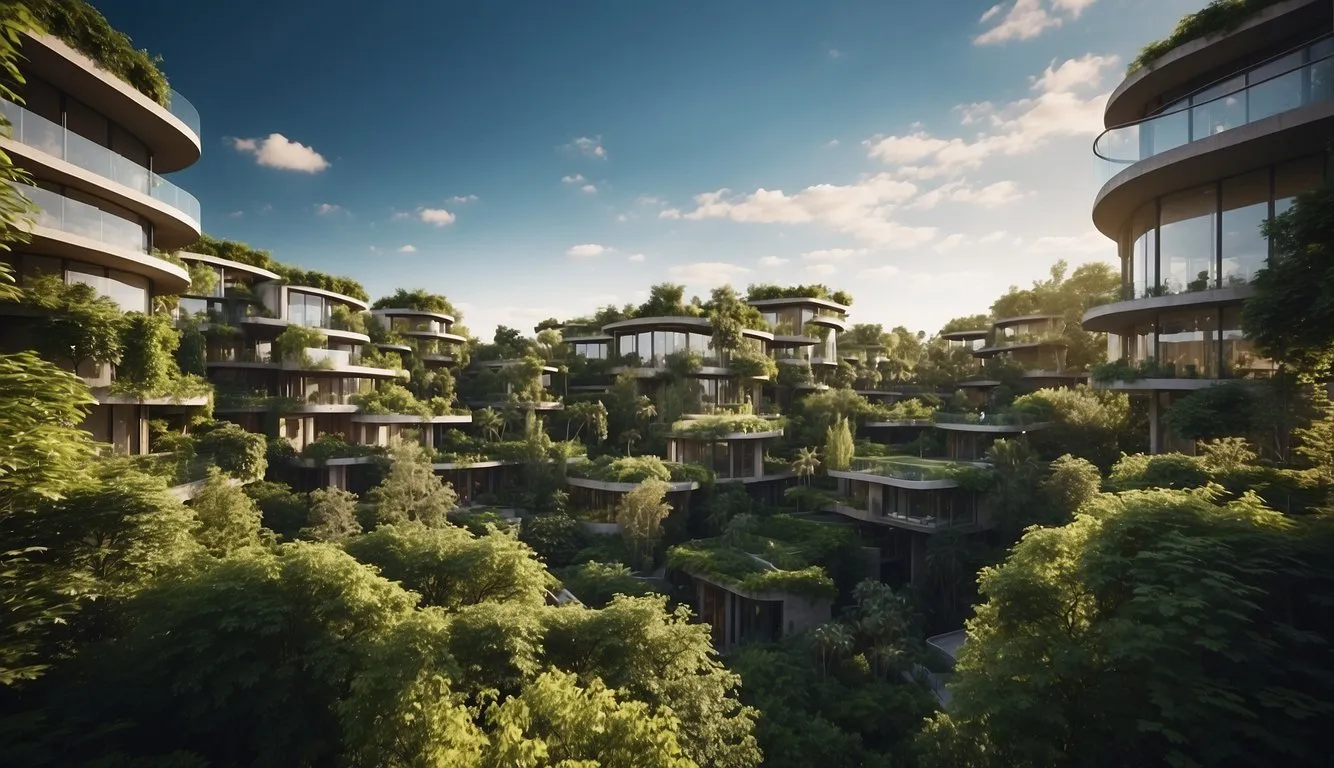
The Importance of Green Spaces cannot be overstated. They provide a range of ecosystem services, such as carbon sequestration, pollination, and soil conservation. Green spaces also serve as habitats for wildlife and contribute to biodiversity conservation. Moreover, they promote social cohesion and community well-being by providing opportunities for recreation, education, and cultural activities. In short, green spaces are essential for creating livable and sustainable cities.
Table of Contents
Key Takeaways
- Green spaces are essential for the well-being of people and the planet.
- Urbanization and other factors have led to the decline of green spaces in cities.
- Green space recrafting is essential for restoring, creating, and enhancing urban green spaces.
The Importance of Green Spaces
Green spaces are vital for our health and wellbeing. They provide us with a natural environment in which to relax, exercise, and socialize. As more people move into urban areas, the need for green spaces becomes increasingly important. According to the World Health Organization, access to green spaces is essential to our mental and physical health.
Research has shown that green spaces have a positive impact on our mental health. They help to reduce stress, anxiety, and depression, and can improve our mood and cognitive function. A study by the University of Exeter found that people who live near green spaces have lower levels of depression and anxiety than those who live in urban areas without access to green spaces.
Green spaces also provide numerous health benefits. They help to reduce air pollution and mitigate the effects of the urban heat island effect, which refers to heat trapped in built-up areas. This can lead to a range of health problems, including heat exhaustion and heat stroke. Green spaces also provide opportunities for physical activity, which can help to prevent chronic diseases such as obesity, diabetes, and heart disease.
In addition to the health benefits, green spaces also have a positive impact on community health. They provide a space for people to come together and socialize, which can help to build stronger communities. Green spaces can also help to reduce crime and improve safety, as they provide natural surveillance and can deter criminal activity.
In conclusion, green spaces are essential for our health and wellbeing. They provide numerous health benefits, including improved mental and physical health, and help to build stronger communities. As our cities continue to grow, it is important that we prioritize the creation and maintenance of green spaces to ensure that we can all enjoy the benefits they provide.
Urban Green Spaces and Community Well-being
As we continue to urbanize, the importance of urban green spaces in promoting community well-being becomes increasingly apparent. Urban green spaces, such as public parks and community gardens, provide a range of benefits that contribute to the physical, mental, and social health of individuals and communities.
One of the most significant benefits of urban green spaces is their positive impact on health and well-being. Studies have shown that spending time in green spaces can reduce stress levels, improve mood, and boost physical health. The presence of green spaces in urban areas has also been linked to lower rates of obesity, heart disease, and other chronic illnesses.
In addition to promoting health and well-being, urban green spaces also play an important role in community engagement and social cohesion. Public parks, for example, provide a space for people to come together, socialize, and participate in community events. Community gardens, on the other hand, offer opportunities for individuals to work together on a common project, share resources, and build relationships.
To maximize the benefits of urban green spaces, it is important to ensure that they are accessible and well-maintained. This requires ongoing investment in the creation and upkeep of public parks and community gardens, as well as efforts to engage and involve community members in the planning and design process.
Overall, urban green spaces are a critical component of community well-being. By promoting physical health, mental health, and social cohesion, they contribute to the overall quality of life in urban areas.
Challenges and Solutions in Urban Landscapes
As urbanization continues to grow, challenges arise in preserving green spaces within cities. The need for nature-based solutions has become more pressing than ever. The benefits of green spaces are numerous, including mitigating the effects of climate change, reducing urban heat islands, and promoting equity in access to nature.
However, implementing green spaces in urban landscapes is not without its challenges. One of the biggest hurdles is the limited availability of land. To create green spaces, we must find ways to repurpose existing urban spaces, such as rooftops, walls, and unused lots. Innovative solutions such as green roofs and vertical gardens can help maximize the use of available space.
Another challenge is ensuring that green spaces are accessible to all members of the community. This means addressing issues of equity and ensuring that green spaces are distributed fairly across the city. We must work towards creating green spaces that are not only beautiful but also functional and accessible to all.
Climate change is also a major challenge that must be addressed in the design and implementation of green spaces. We must consider how to create resilient green spaces that can withstand extreme weather events and other effects of climate change. This includes selecting appropriate plant species, designing green spaces to capture and store rainwater, and ensuring that green spaces are properly maintained.
Finally, we must address the issue of urban heat islands. Cities tend to be warmer than surrounding rural areas due to the abundance of concrete and other heat-absorbing materials. Green spaces can help mitigate this effect by providing shade, cooling the air, and reducing the amount of heat absorbed by buildings and other structures.
In conclusion, the challenges of creating green spaces in urban landscapes are many, but the benefits are equally significant. By finding innovative solutions to these challenges, we can create green spaces that are both beautiful and functional, and that promote equity, access to nature, and resilience in the face of climate change.
Strategies for Enhancing Urban Greenery
There are several strategies that can be employed to enhance urban greenery. Effective management and maintenance, as well as community-driven initiatives, are two key approaches that can be used to achieve this goal.
Effective Management and Maintenance
Effective management and maintenance of urban green spaces is critical to ensuring their longevity and vitality. One important aspect of management is planting the right trees and plants in the right locations. This requires careful planning and consideration of factors such as soil quality, sunlight exposure, and water availability.
In addition to planting, it is also important to manage the urban landscape in a way that maximizes the benefits of parks, forests, and mini-forests. This can be achieved through regular maintenance activities such as pruning, mulching, and watering. Effective management and maintenance can also help to reduce the risk of pests and diseases, which can be detrimental to the health of urban green spaces.
Funding is another critical aspect of effective management and maintenance. Decision makers must allocate sufficient resources to ensure that urban green spaces are properly managed and maintained. This includes funding for staff, equipment, and supplies.
Community-Driven Initiatives
Community-driven initiatives can also play a key role in enhancing urban greenery. One example of this is community gardens, which provide residents with a space to grow their own food and connect with nature. Pocket parks are another example of community-driven initiatives that can help to increase the availability of green space in urban areas.
Community engagement is a critical component of community-driven initiatives. Volunteering can be a great way for residents to get involved and make a positive impact on their local environment. It is important for decision makers to work closely with community groups to ensure that their needs and perspectives are taken into account when planning and implementing green space projects.
In conclusion, effective management and maintenance, as well as community-driven initiatives, are two key strategies that can be used to enhance urban greenery. By planting the right trees and plants, managing urban landscapes effectively, allocating sufficient funding, and engaging with local communities, we can create vibrant and sustainable green spaces that benefit everyone.
Conclusion
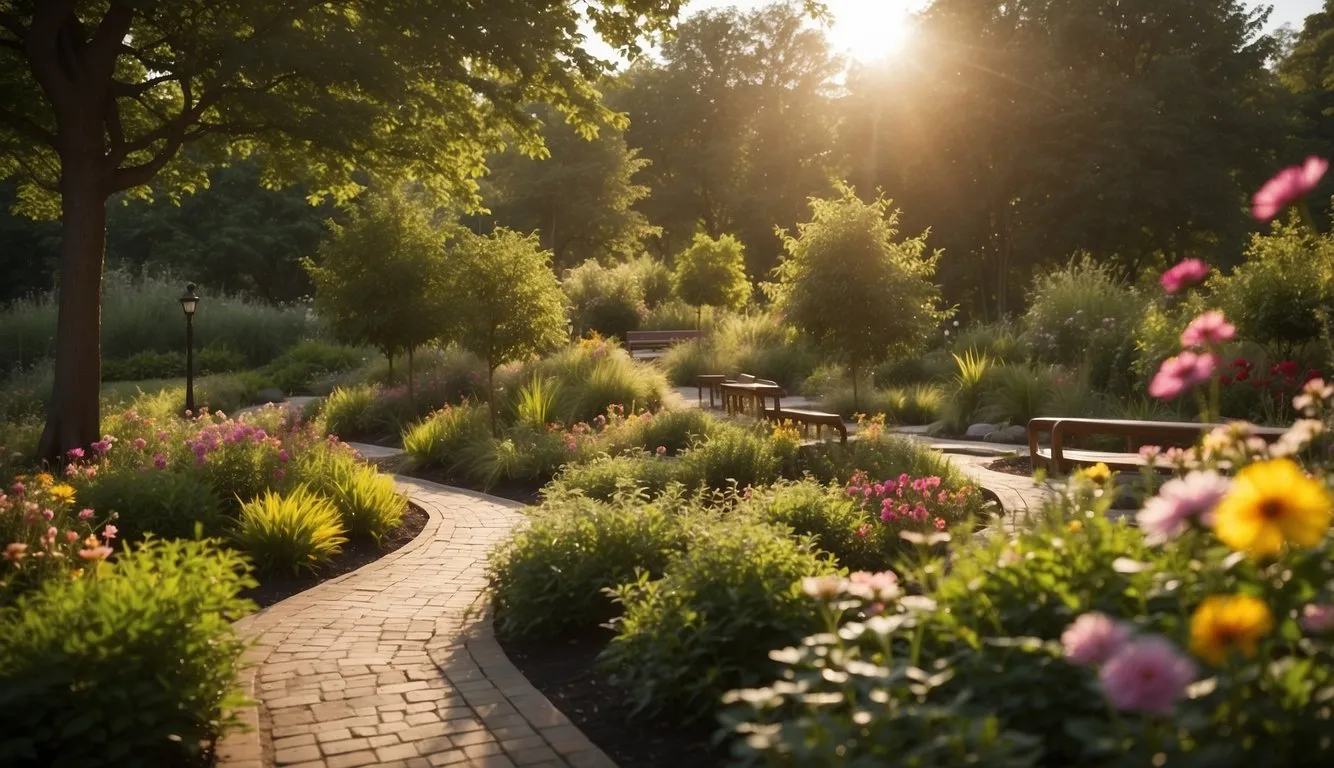
In this article, we have explored the concept of Green Space Recrafting and its potential benefits for the environment and human well-being. Through our research and analysis, we have found that evidence-based design principles can be applied to enhance the quality and accessibility of green spaces, leading to improved environmental and health outcomes.
Our findings suggest that systematic reviews of green space quality and health have shown a positive association between the size, connectivity, and vegetation type of green spaces and physical and mental health outcomes. We have also found that green spaces contribute actively to human well-being by reducing stress, improving mood, and enhancing cognitive function.
Moreover, we have identified that green space recrafting can provide environmental benefits such as reducing urban heat islands, improving air quality, and enhancing biodiversity. By incorporating green infrastructure into urban design, we can create more sustainable and resilient cities that benefit both people and the planet.
In conclusion, we believe that green space recrafting is a promising approach to improving the quality of life for urban residents. By applying evidence-based design principles and considering the environmental benefits of green spaces, we can create healthier, happier, and more sustainable communities.
Frequently Asked Questions
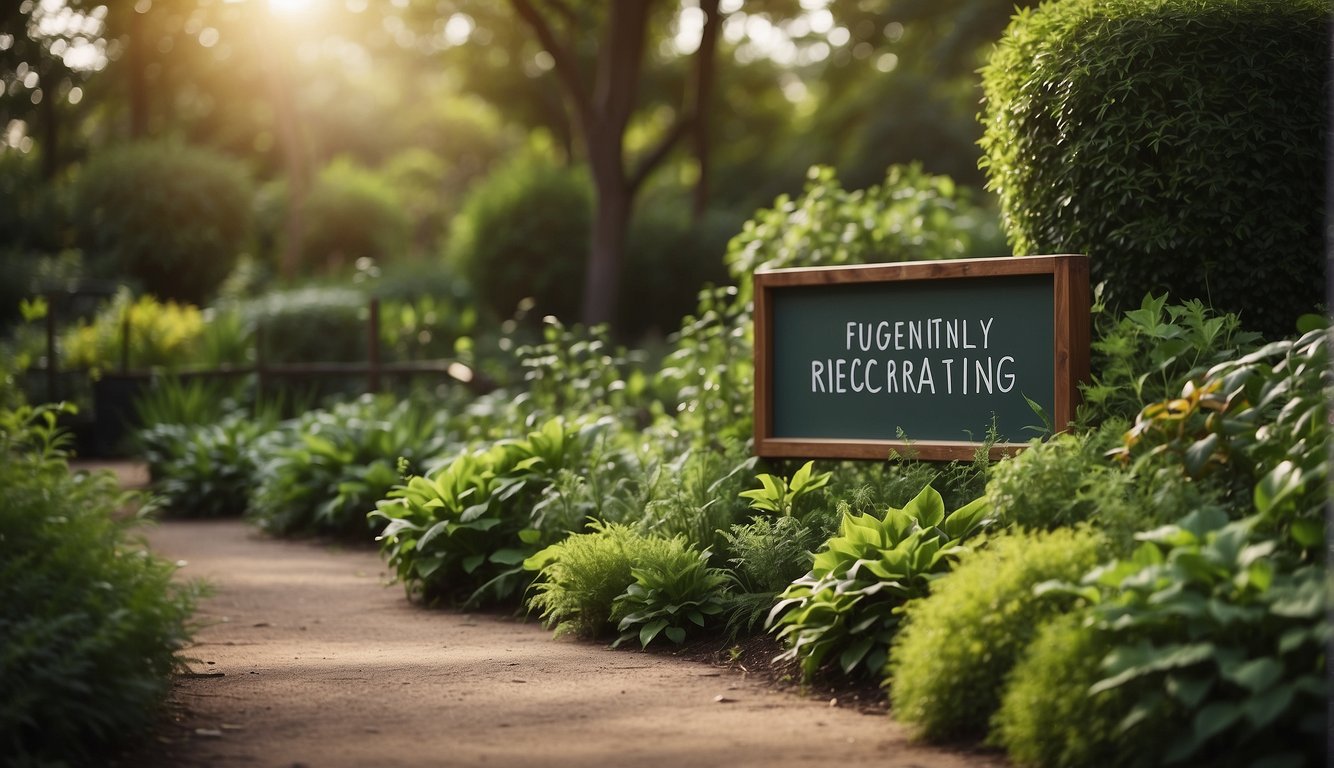
What are the key benefits of increasing urban green spaces?
Increasing urban green spaces has numerous benefits, including improving air and water quality, reducing the urban heat island effect, and providing opportunities for physical activity and social interaction. Green spaces also have a positive impact on mental health, reducing stress and promoting overall well-being.
How can community involvement be effectively integrated into green space development?
Community involvement is essential for the success of green space development. Engaging community members in the planning process can help ensure that the green space meets the needs of the community and is well-utilized. Effective community involvement can be achieved through public meetings, workshops, and online surveys.
What are the most sustainable practices for maintaining urban green spaces?
Maintaining urban green spaces can be challenging, but there are several sustainable practices that can be implemented. These include using drought-resistant plants, reducing water usage, and implementing composting and recycling programs. Additionally, using organic fertilizers and avoiding the use of harmful pesticides can help promote a healthy ecosystem.
What challenges do cities face in expanding green spaces within existing infrastructure?
Expanding green spaces within existing infrastructure can be challenging due to limited space and competing land uses. Additionally, the cost of acquiring and maintaining green space can be a barrier for many cities. Effective planning and collaboration between city officials, community members, and developers can help overcome these challenges.
How does the recrafting of green spaces contribute to local biodiversity?
Recrafting green spaces can help promote local biodiversity by creating habitats for native plants and animals. By incorporating native plant species into green space design, cities can help support local ecosystems and promote biodiversity. Additionally, green spaces can serve as important corridors for wildlife, allowing for increased genetic diversity and species migration.
What are the latest innovations in green space design and planning?
Innovations in green space design and planning include the use of green roofs, rain gardens, and bioswales to manage stormwater runoff. Additionally, the use of smart technology, such as sensors and irrigation systems, can help improve the efficiency of green space maintenance. Urban agriculture and community gardens are also becoming increasingly popular, providing opportunities for local food production and community involvement.

